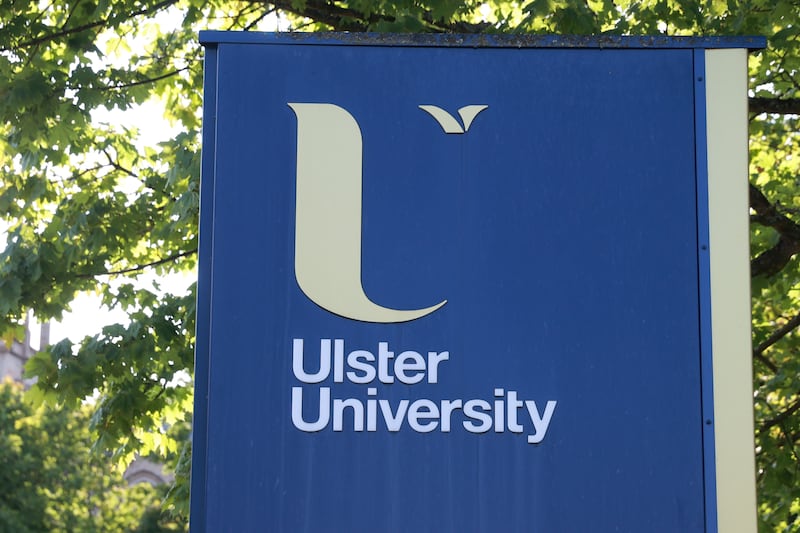ECONOMIC growth in the north is not expected to hit the level of 2016 for at least another four years according to the latest report.
The Ulster University Economic Policy Centre (UUEPC) Summer 2017 Outlook shows that the Northern Ireland economy is performing better than expected, but less than needed if employment growth is to continue.
The university is forecasting a slowdown on economic growth from 1.5 per cent in 2016 to 1.1 per cent in 2017 and then increasing only marginally year on year to 1.4 per cent in 2020. The prediction comes a day after Danske Bank suggested the Northern Ireland economy could grow by 1.2 per cent in 2017 in its quarterly forecast.
The forecast predicts the unemployment rate will remain steady until 2019, when it is predicted to rise from three per cent to 3.2, but employment growth, both full-time and part-time is expected to slow dramatically.
The figures estimate employment growth ( full-time) of 2,900 in 2017, but 1,300 in 2018 and then minus 1,600 in 2019, before levelling out again.
In terms of house prices the average is set to continually increase from £127,000 in 2017 to an average high of £138,000 in 2020.
Economic performance has been more positive than many had anticipated particularly given the very significant changes such as Brexit and the lack of Stormont government.
UUEPC associate director Gareth Hetherington said the local economy has been "robust" and this has been reflected over the last few years in strong job growth, across a wide range of sectors.
"This demonstrates a resilience to external events, but the economy remains very dependent on consumer spending, and therefore the primary risk to economic growth moving forward is a squeeze on incomes.
“The forecast slowdown in growth reflects a ‘Brexit effect’ from lower levels of business investment, but of greater significance is the slowdown in the growth of consumer spending.”
Recognising the increased uncertainty associated with economic forecasting, the UUEPC has developed upper and lower case employment scenarios.
A damaging and poorly managed Brexit combined with a squeeze in real incomes could see employment levels fall by 8,200 over the next ten years, with manufacturing particularly impacted. In contrast, a trade-friendly smooth transition to Brexit combined with convergence with UK average economic performance could see employment levels increase by 87,500 by 2026. The most likely outcome, the university's central estimate, is 28,800 over the same period.
“Due to the potential for significant policy shifts with respect to migration, trade, funding and borders, the range of potential labour market outcomes in the longer term remains wide. However, the key determinant of success will be the outcome of the Brexit negotiations. In the interim, this presents a challenge to key decisions makers in business and government alike," Mr Hetherington added.








